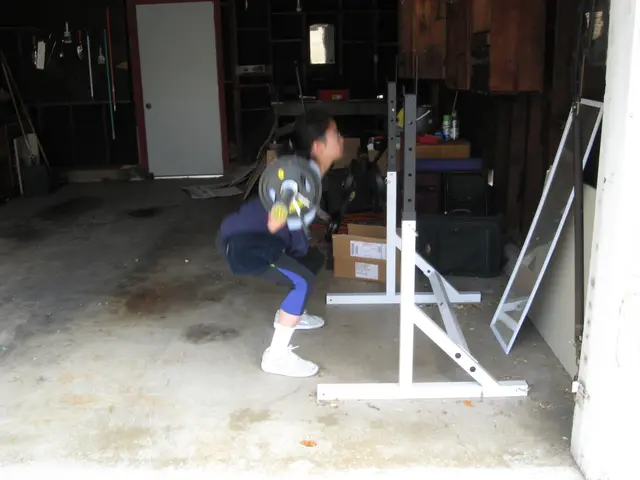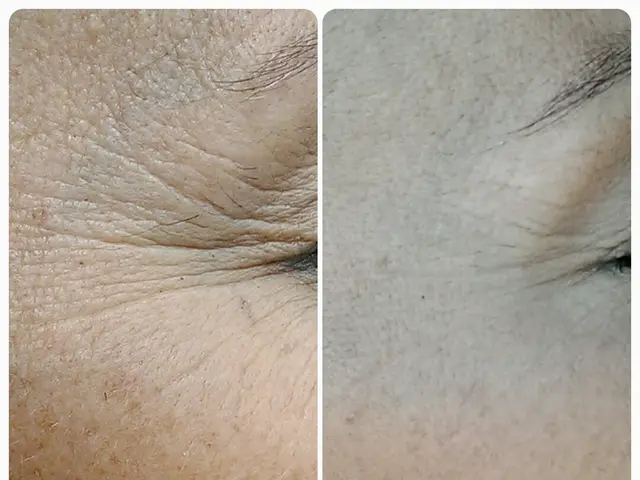Hyponatremia Affects Nearly Half of Older Adults: Causes, Symptoms, and Treatments
Hyponatremia, a common electrolyte disorder in older adults, affects nearly half of all hospitalized patients aged 65 and above. This condition, characterized by low sodium levels in the blood, can lead to serious complications such as increased risk of falls and hospitalization. Understanding its causes, symptoms, and treatments is crucial for timely intervention.
Hyponatremia in older adults can stem from various causes, both natural and induced. Natural causes include low salt intake, heavy sweating, vomiting, diarrhea, endurance exercise, and impaired kidney, heart, or liver function. Other causes include heart or liver disease, hyperglycemia, certain medications, and endocrine problems. The most common causes in older adults are diuretic medications, kidney failure, and infections.
Treatment for hyponatremia depends on the cause and type. Doctors may prescribe diuretics to remove excess fluid in hypervolemic hyponatremia, and fluid restriction for euvolemic hyponatremia. Increasing salt intake directly is generally not recommended. Instead, saline solution and fluids are administered intravenously, with a 2019 study finding that more than 40% of cases in hospitalized older adults were hypovolemic, requiring both saline and fluid administration. In acute cases, saline solution may be administered regardless of the type of hyponatremia to rapidly correct sodium levels and reduce the risk of complications.
Symptoms of hyponatremia in older adults can range from fatigue, weakness, headache, nausea, and muscle cramps to irritability, seizures, confusion, or coma in severe cases.
Hyponatremia is a significant health concern for older adults, with potentially serious consequences. Prompt diagnosis and appropriate treatment based on the cause and type are crucial for managing this condition. Regular check-ups and understanding the risk factors can help in early detection and prevention.







